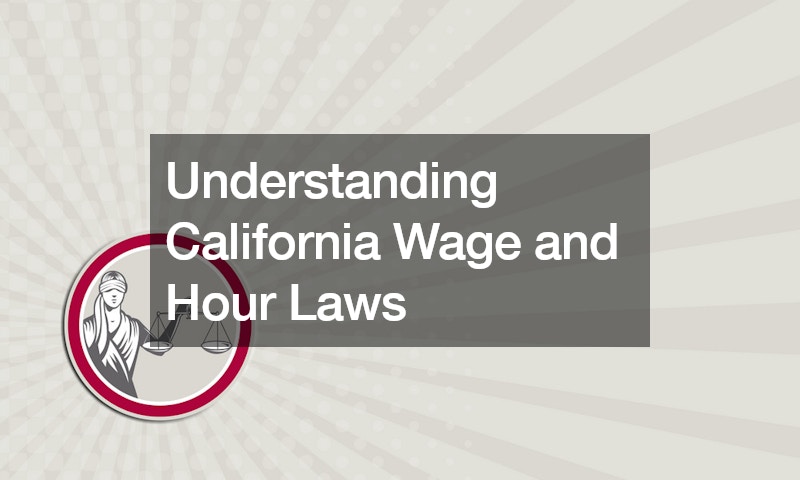Understanding wage and hour regulations is crucial for both employers and employees in California, as with any other state. With the potential for costly litigation looming, grasping the nuances of meal and rest period requirements can make all the difference in maintaining compliance and avoiding legal pitfalls.
California’s wage and hour laws mandate specific obligations regarding meal and rest periods. For instance, employees working more than five hours in a day are entitled to a duty-free 30-minute meal break, while those working over ten hours necessitate a second meal period. Additionally, rest periods of ten minutes per four hours worked are mandated, with careful attention to ensuring these breaks are duty-free.
Recent legal precedents, such as the Augustus v. ABM case, have highlighted the importance of treating meal and rest periods alike under the law. Duty-free breaks and the freedom for employees to leave the premises during these periods are emphasized to uphold compliance.
Employers must meticulously draft policies that align with these legal requirements to mitigate risks of non-compliance and litigation. Seeking guidance from legal resources can provide invaluable assistance.
In the event of disputes, seeking resolution through an employment mediator can offer a proactive approach to resolving conflicts and avoiding costly litigation. By understanding and complying with California’s wage and hour laws, employers and employees alike can create a fair and legally sound working environment.
Understanding and adhering to California’s wage and hour laws is essential for both employers and employees to maintain a fair workplace. By aligning policies with legal requirements, businesses can mitigate risks and promote compliance.
.



